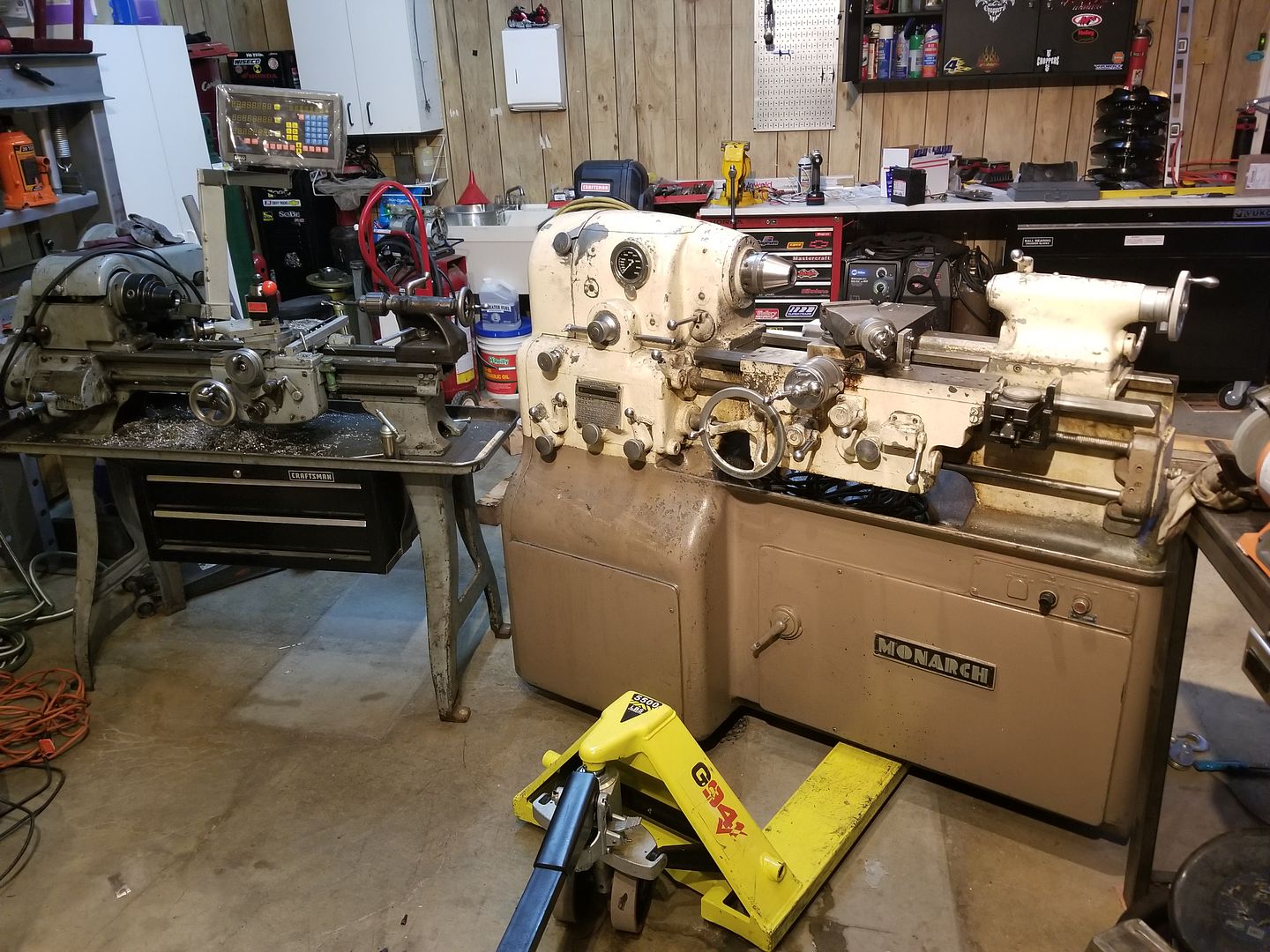gustafson
Diamond
- Joined
- Sep 4, 2002
- Location
- People's Republic
I have an opportunity to get another EE, but it is in a building with a ~9 foot ceiling height. helped move a bridgeport CNC in this very building, using a forklift, with me following along muttering 'I don't like this, I don't like this' because it was sat on the forks of a forklift. I always pick from the top, but ceiling height is too low. All was fine until the front tire of the forklift hit the truck bed, it sagged and over she went.
Luckily I happened to own spares of the few things that broke, so alls well that ends well, but I am not anxious for a repeat performance.
So, what to use to lift a EE and move it through a 100 feet of serpentine hallway to a loading dock?
Luckily I happened to own spares of the few things that broke, so alls well that ends well, but I am not anxious for a repeat performance.
So, what to use to lift a EE and move it through a 100 feet of serpentine hallway to a loading dock?




